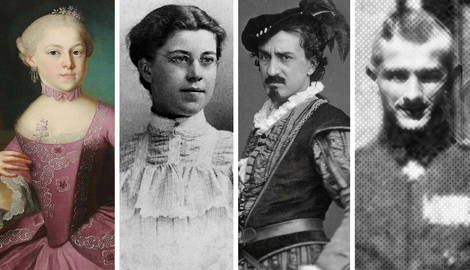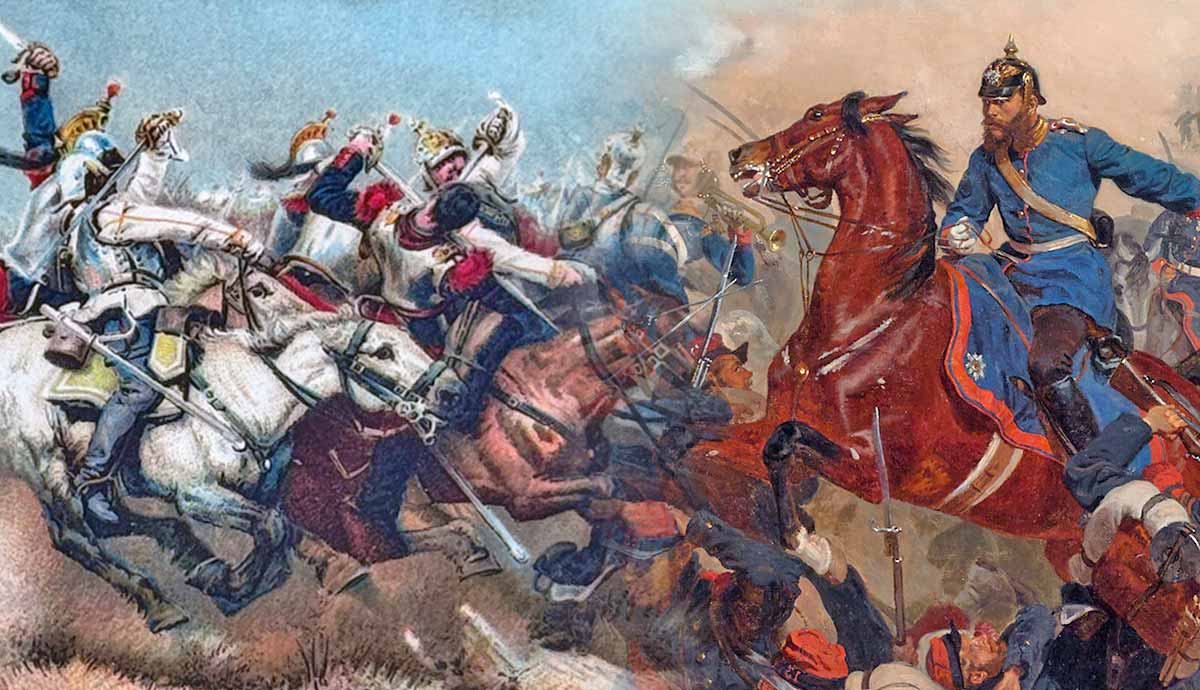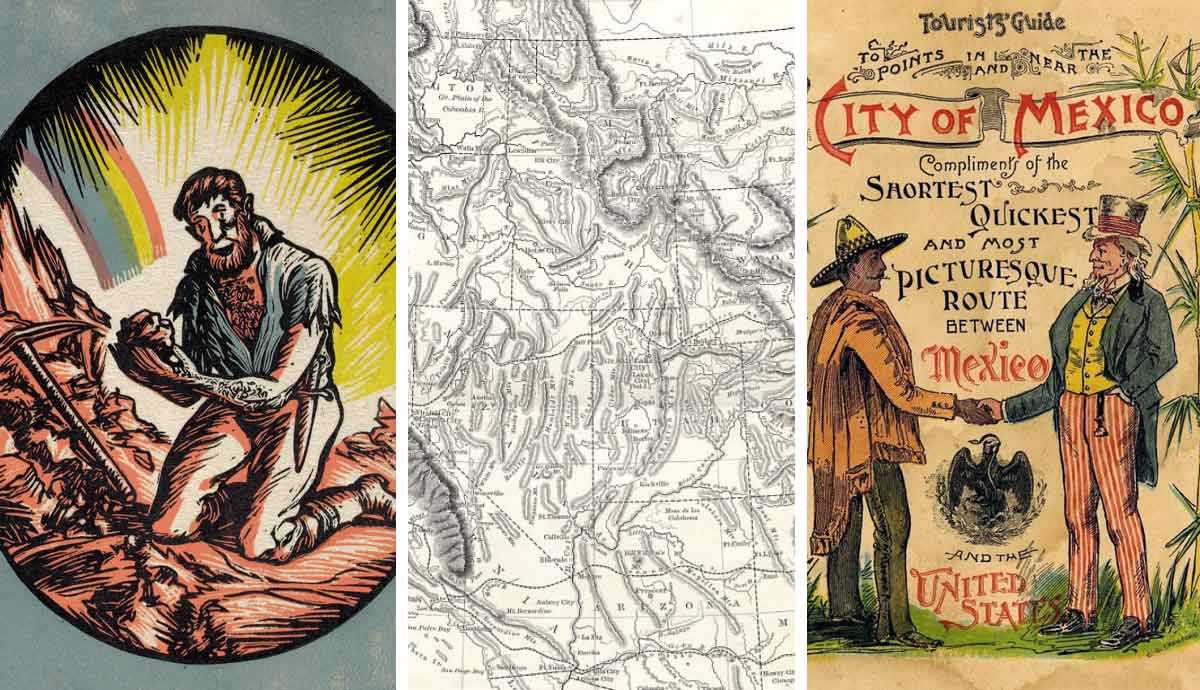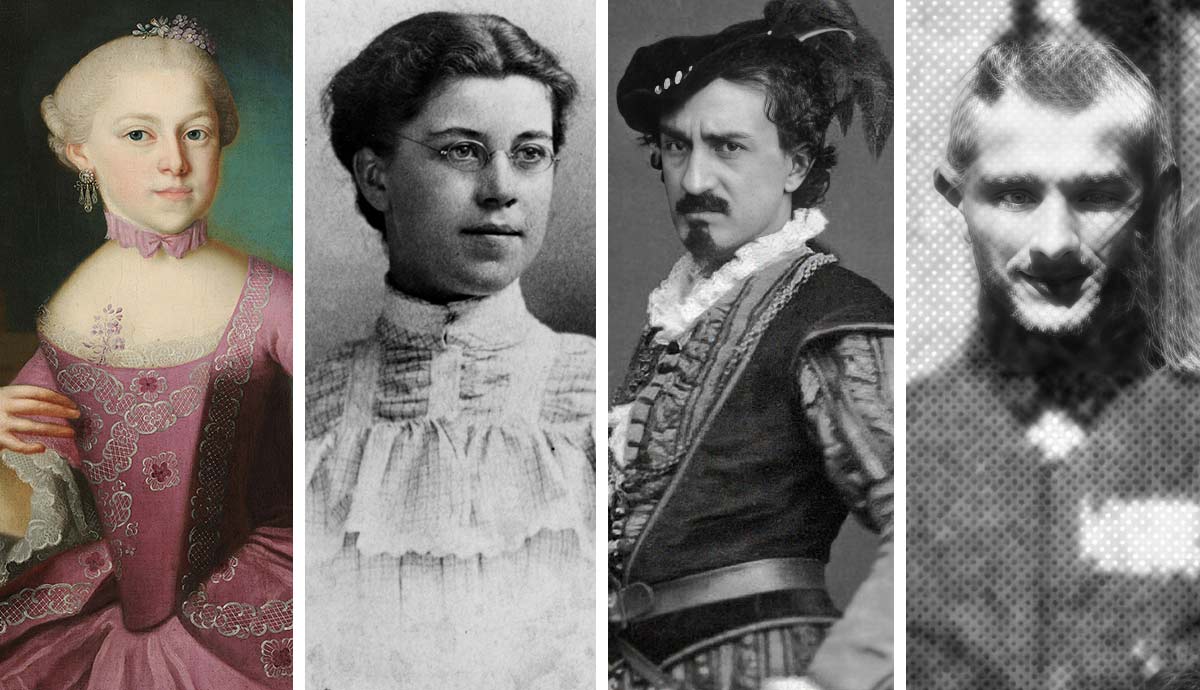
It can be hard living in a sibling’s shadow, especially when that sibling has made their mark in the history books. This can lead some down the wrong path, eager to gain attention, even if it is for the wrong reason. However, some brothers and sisters of famous historical figures have made important contributions in their own right. Their contributions to history, however, have been overshadowed by their more famous siblings.
Here are some of history’s most impactful siblings who deserve credit for leaving their own mark on the world.
1. Maria Anna Mozart Was Her Family’s First Wunderkind
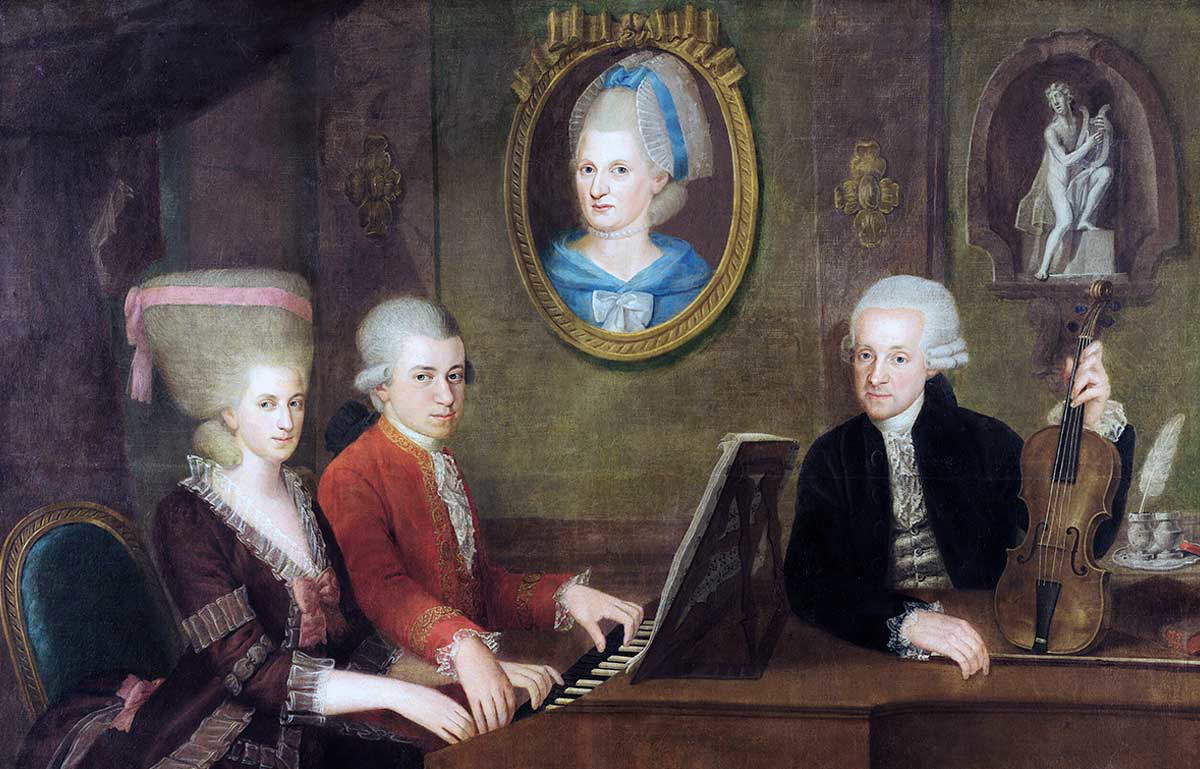
Maria Anna Mozart, known to those close to her as “Nannerl” was the elder sister by five years to classical music legend Wolfgang Amadaeus Mozart. Born in 1751, Nannerl was the first Mozart child to become a skilled musician. Her father, a court musician, began teaching her to play the harpsichord at age 8, and her younger brother soon followed. Nannerl was not only a companion to her brother as they practiced and performed but served as a mentor and teacher to him as well.
The children toured 88 cities in Europe together for three years, performing for thousands of people. Like her brother, Maria was also a composer. Some suspect that she even collaborated with him on his first symphony. However, her musical career was cut short when she reached marrying age, and her father ended her touring and performing. Still, Maria did not find a husband for fifteen more years and spent her time composing music. Her famous brother wrote in a 1770 letter, “I am in awe that you can compose so well…” yet Nannerl’s compositions have been lost to history and have not been heard.
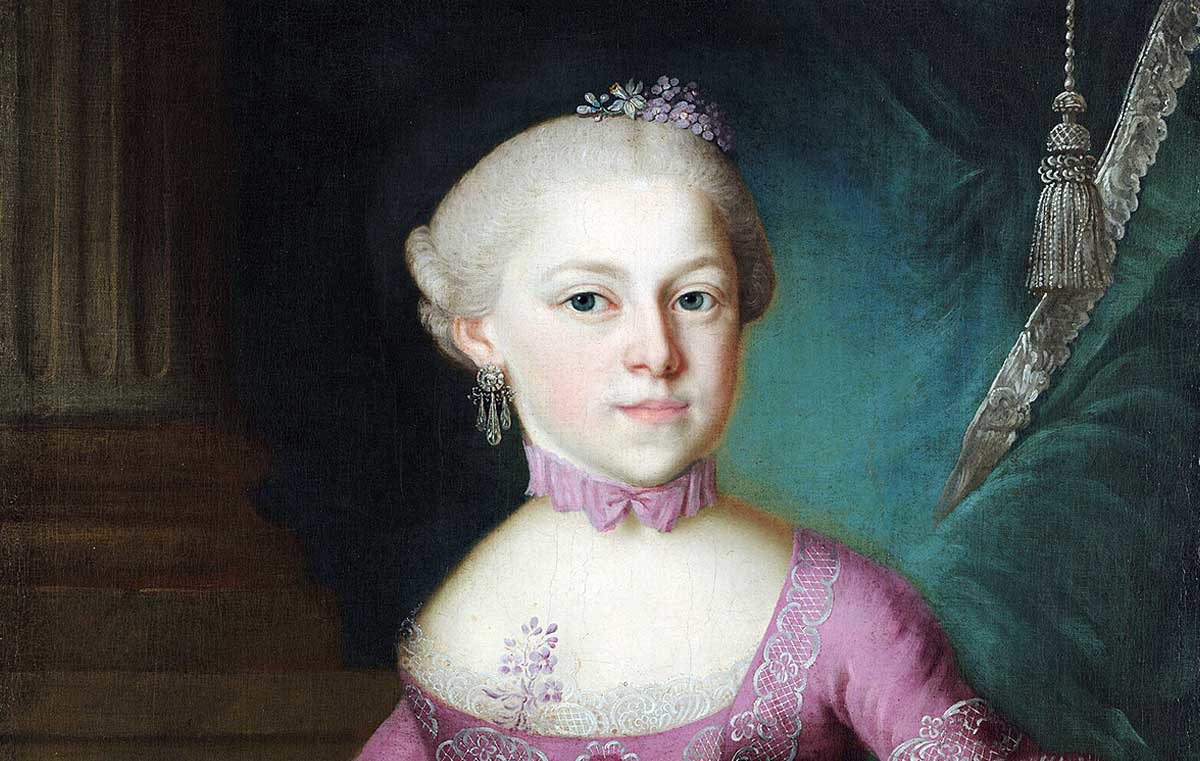
The pair remained close until Mozart moved to Vienna in 1781. Many postulate that Nannerl deserves a great deal of credit for inspiring and fostering her famous brother’s talent and work ethic. Studies have shown that being in a family with a musical sibling heightens not only one’s interest in music but also one’s knowledge and drive to learn it. Though Nannerl’s own talent was never fully recognized due to her social position as a woman, the role she played in the history of classical music deserves recognition.
2. Katharine Wright: The Wright Sister
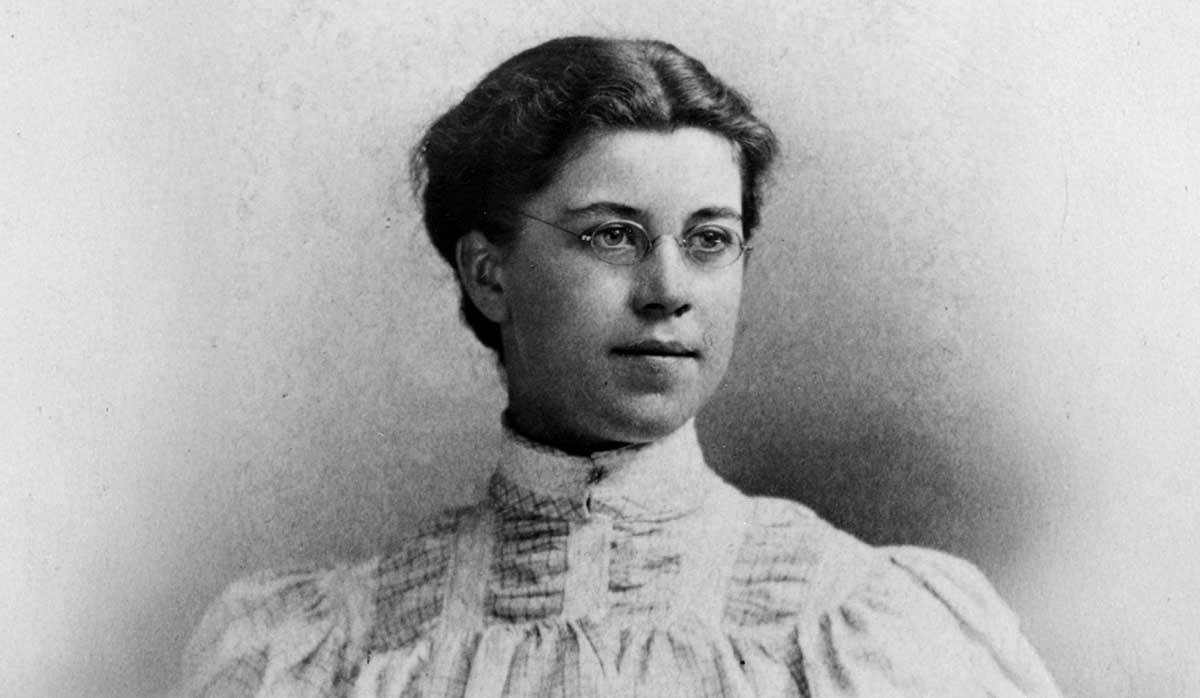
Katharine Wright, known to her brothers as “Swes” and to friends as “Kate,” was born on her brother Orville’s third birthday, August 19, 1874. The youngest child and only surviving girl of the Wright family, Katharine was forced to grow up early as her mother passed away when Katharine was only fourteen years old. She quickly stepped into the role of hostess and house mother despite the fact that she was younger than her brothers. Outgoing and conversational, Katherine was very different from her brothers, who were shy. Still, she was close to her siblings, especially her youngest two brothers, Orville and Wilbur.
Kate attended Oberlin College from 1893 to pursue certification as a teacher. As she grew up in a house full of boys, the opportunity to live and work with other women for the first time in her life was a fun experience for Katharine, and she made many lifelong friends in college. Time away from school to care for her brother Orville when he came down with typhoid fever in 1896 resulted in Katharine finishing her degree slightly later than she planned, but she finished her training and began her teaching career in 1899. The same year, Orville and Wilbur commenced their famous flying experiments.
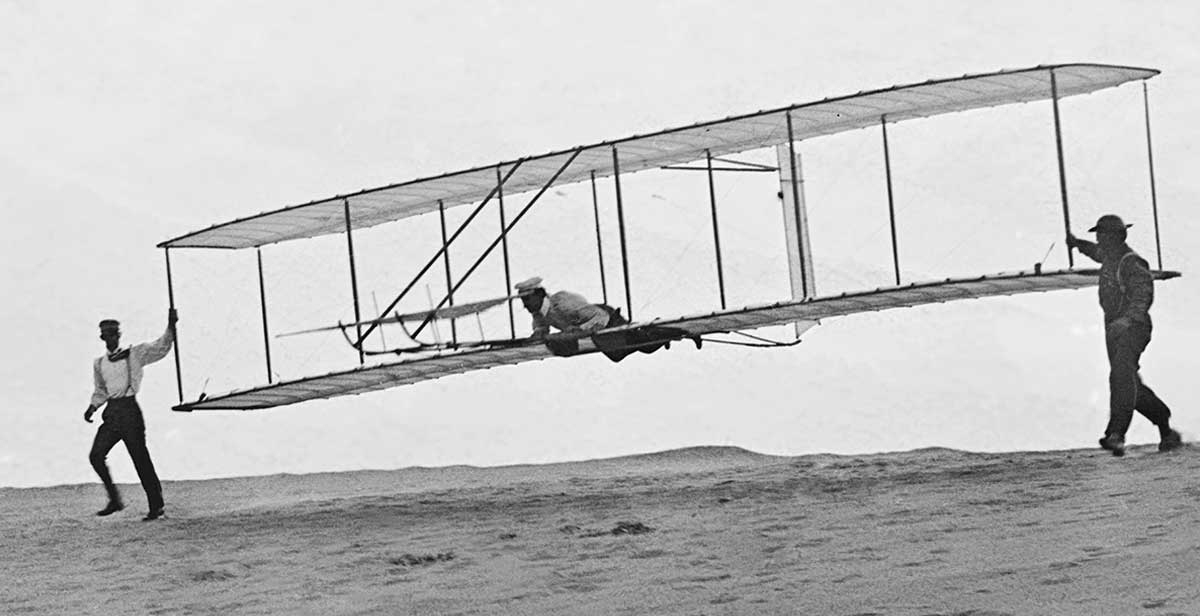
Katharine proved to be a strict but skilled teacher. While continuing to run the Wright household, she also supported her brothers in their flight experiments. She entertained engineers, aeronautics experts, and other scientists at the family home and recruited teacher friends to help the boys with their large and heavy pieces of equipment as they conducted tests and trials.
In 1906, Katharine was looking for something to occupy her time as she struggled with the grief of losing one of her longtime friends to an infection. By this time, her brothers had created a working flying machine along with a patent for it and needed help selling it. Katharine became their executive assistant, dealing with correspondence, corralling journalists, screening purchase offers, and accounting. She did all of this while continuing to teach high school. Her dedication to the airplane business increased when Orville was in an accident in 1908, breaking bones and suffering a concussion. At the same time as she was caring for her brother, she was dealing with communication relating to the business, receiving visitors, and helping investigate the cause of the crash.
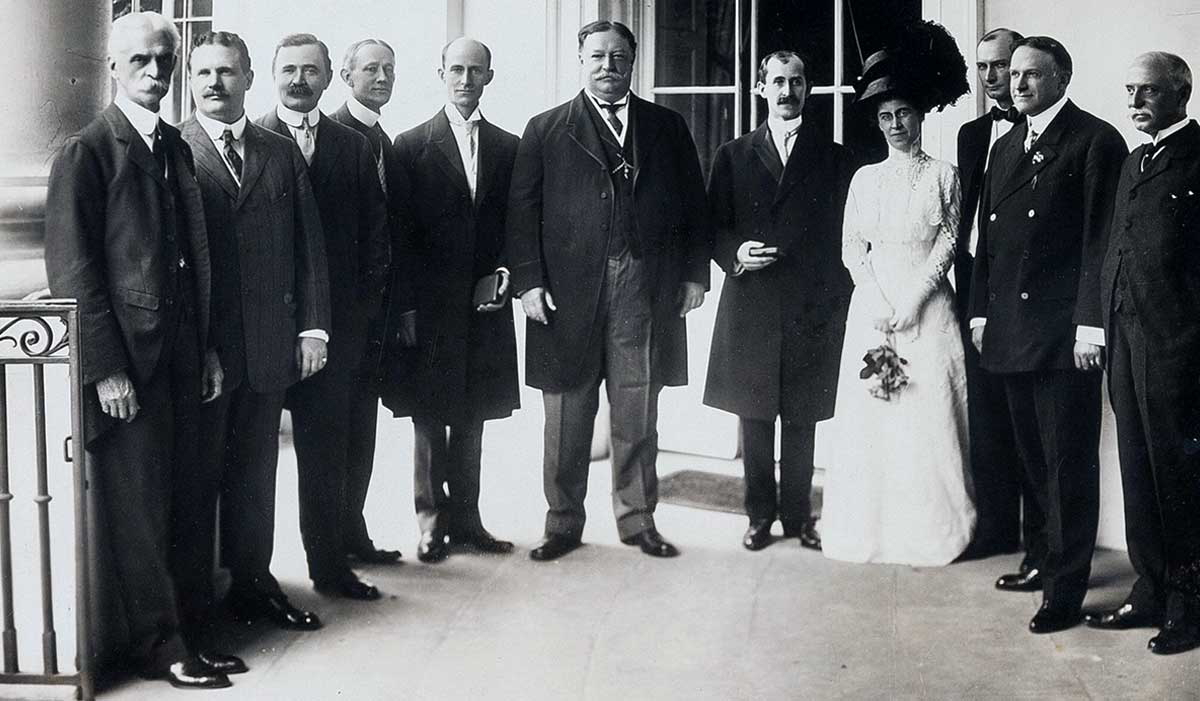
Once Orville healed, he and Katharine joined Wilbur in Europe, and Wilbur made his sister an offer she couldn’t refuse—he hired her on as their social manager at a higher rate of pay than she was receiving as a teacher. She proved successful in this role, charming Europeans who attended the brothers’ demonstrations. The brothers were not nearly as adept socially as their sister, and her efforts helped them charm buyers and investors for their products. During their European stint, Katharine became the third woman to ever fly in an airplane.
In 1912, Wilbur suddenly became ill and, to everyone’s surprise, died a month later. Surviving brother Orville became president of the Wright Company, and Katharine stepped into the role of company secretary. After a couple of successful years, they sold the company amid legal and patent struggles in which they attempted to defend their standing as the creators of the first airplane. Katharine continued to help her brother in his research lab but reconnected with and fell in love with an old friend from Oberlin. Harry Haskell and Katharine were married on November 20, 1926, and they moved to Kansas City. Katharine Wright-Haskell died from pneumonia on March 3, 1929.
3. Edwin Booth Saved a Lincoln
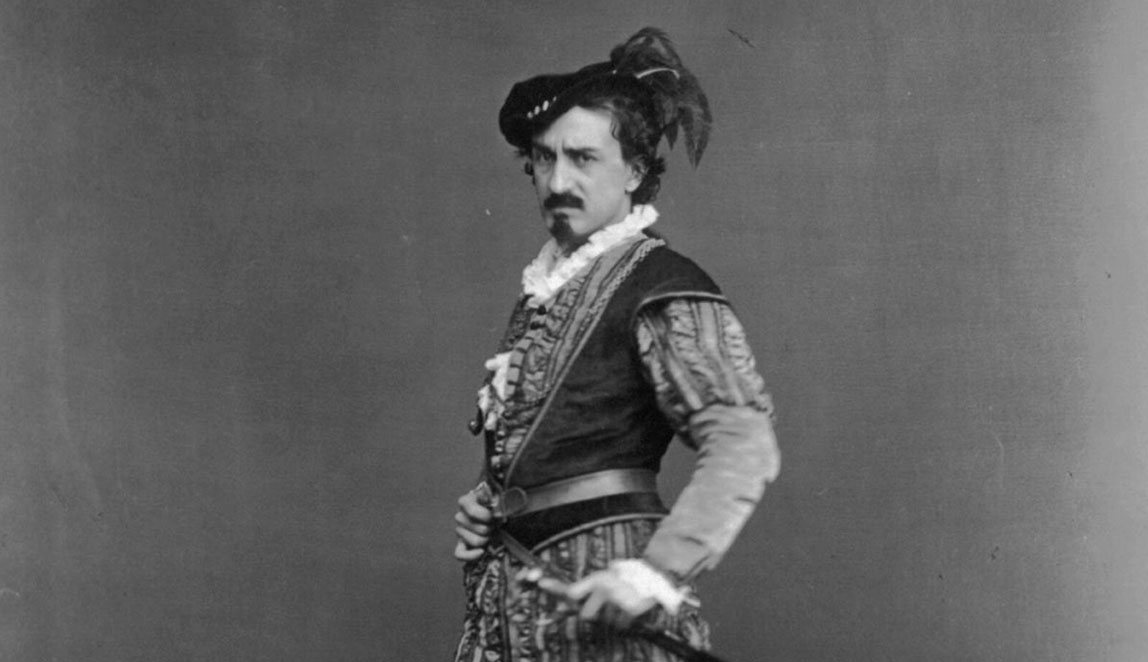
Like his father, Edwin Booth was an accomplished actor. Unfortunately, his life was littered with tragedy. Most notably, he is remembered as the brother of John Wilkes Booth, the man who shot Abraham Lincoln. In addition, his wife died suddenly in 1863, leaving him the sole caretaker of the pair’s young daughter.
Despite these challenges, Booth maintained a successful stage career both before and after these events. Unlike his sibling, Edwin was a staunch supporter of the Union cause, and as a result of this, he was not close with his murderous brother. Though he took a brief absence from the public eye after the Lincoln assassination, Edwin Booth continued acting from January 1866. Although an assassination attempt on his own life would take place in 1879, Booth remained a popular performer and, upon his retirement in 1891, was considered America’s greatest stage actor. He died in 1893.
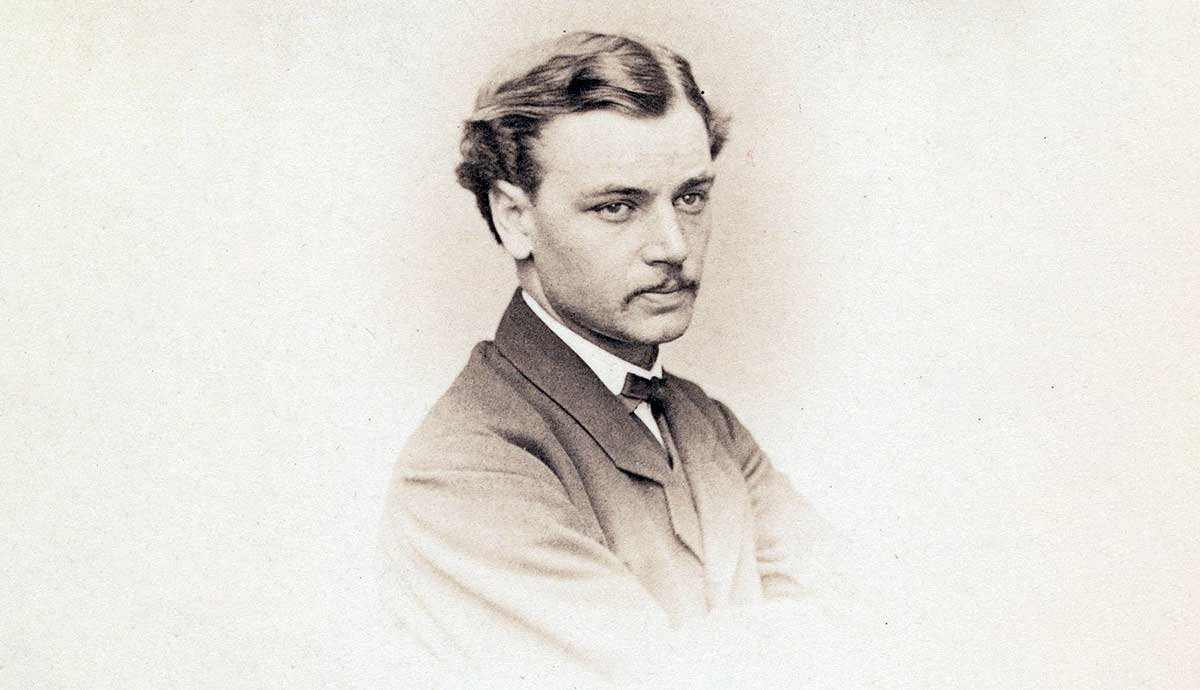
One of the most interesting events in Booth’s life is believed to have taken place in either 1863 or ‘64. He was waiting for a train when a young man slipped on the platform. If not for Booth’s quick grasp, the man would have fallen onto the tracks in the path of the oncoming train. The young man, recognizing the famous actor, thanked his savior profusely. That young man was Robert Lincoln, the only surviving son of the president.
4. Lothar von Richthofen Was a Flying Ace, Too.
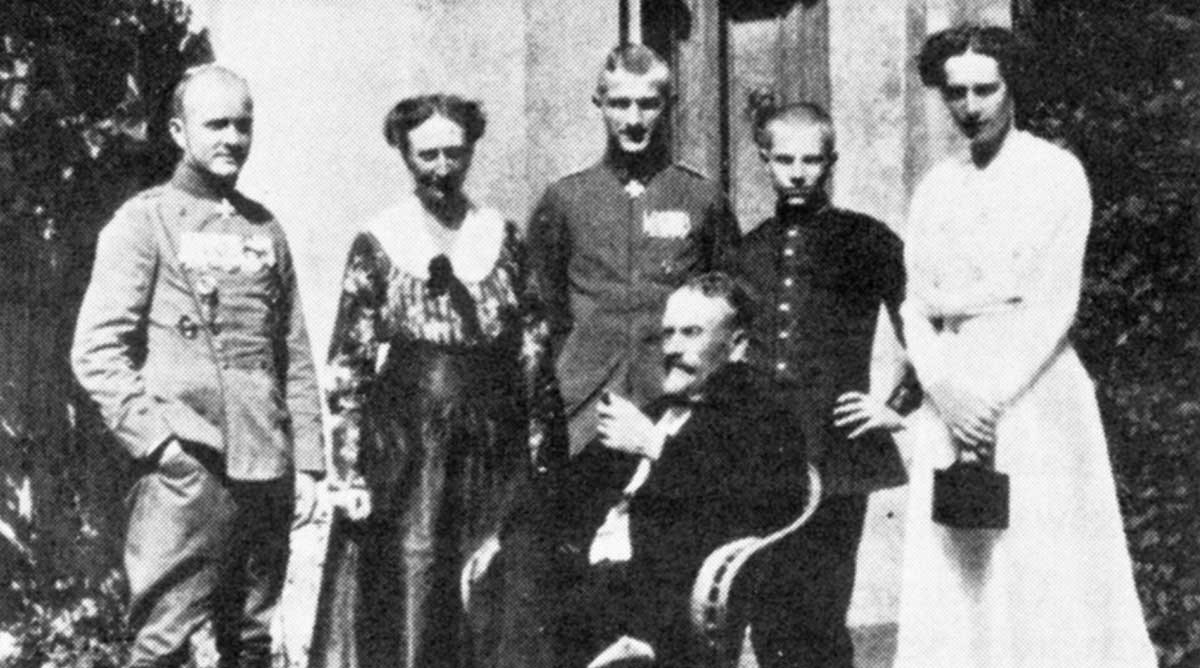
World War I ushered many military heroes into the history books. One such icon was Manfred Albrecht Freiherr von Richthofen. Originally a cavalry officer with the German army, Manfred eventually transferred to the Imperial German Army Air Service, where he quickly found success as a skilled pilot. In one month alone in 1917, he downed 22 British planes. He became known the world over as “The Red Baron.”
The Red Baron died after crash landing in April 1918 while in pursuit of a Canadian plane. However, his brother, Lothar, survived the war. Though not as famous as his brother, Lothar was also a fighter pilot for the German forces. While he may not have had as many kills as his brother, Lothar was considered by many to be the more daring pilot of the two. He had forty kills to his credit by the conclusion of the war, including 24 that were achieved in a span of just 47 days. Lothar suffered multiple crash landings and injuries during his time as a pilot, but despite several hospitalizations, saw the war through to the end. After the war, he lived a quiet life as a farmer, married with two children. However, he missed flying and eventually accepted a job flying passengers and mail locally.
He may have survived the war, but his death would come by airplane anyway. He perished on July 4, 1922, in a flying accident near Fuhlsbuettel, Germany. He was only 27 years old.
